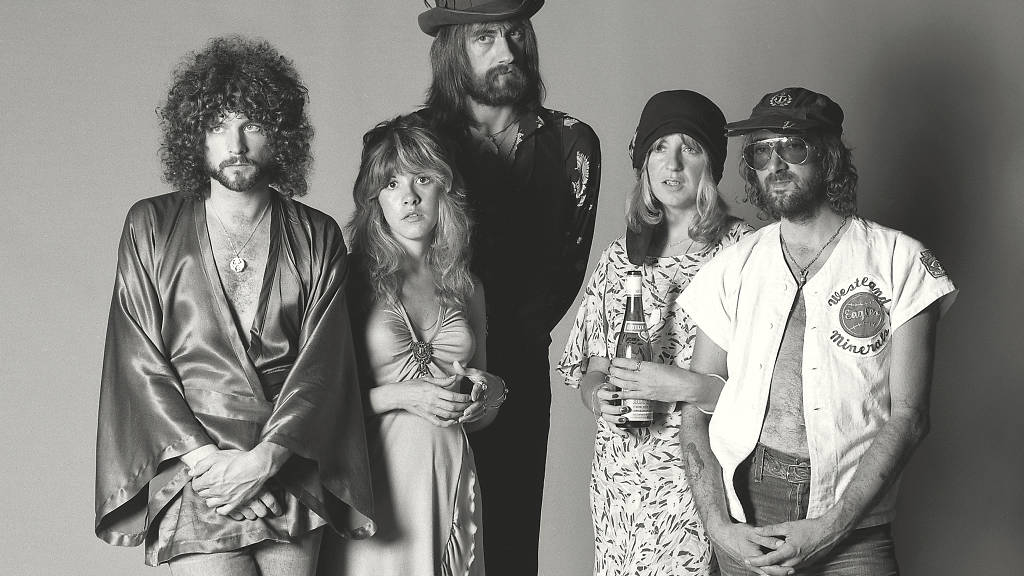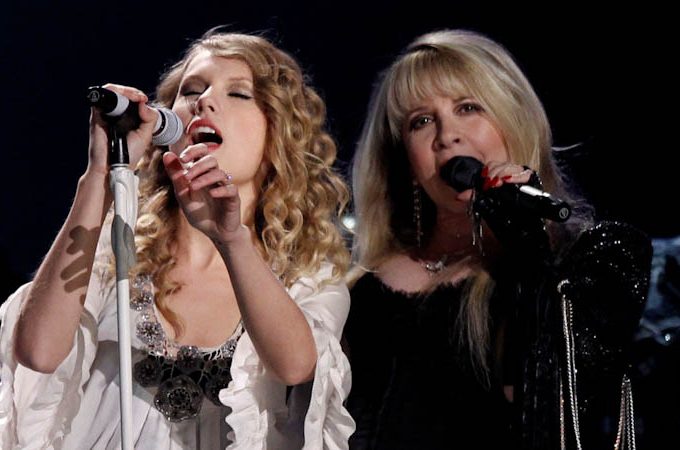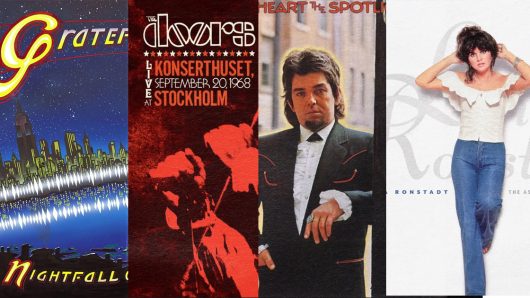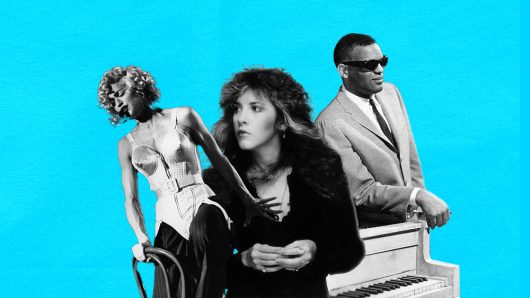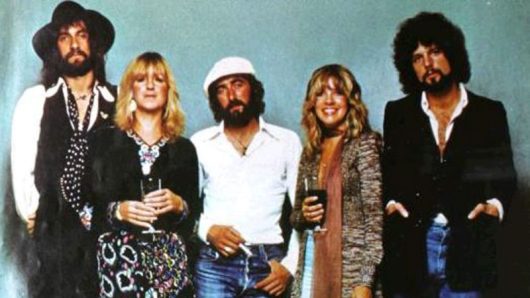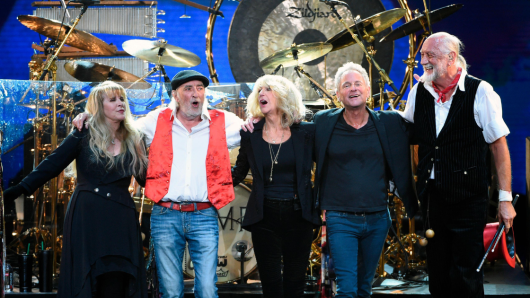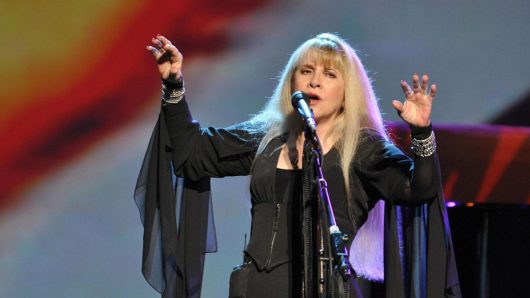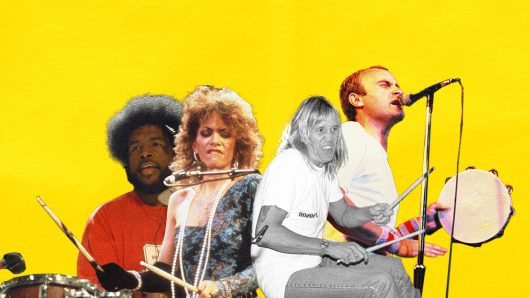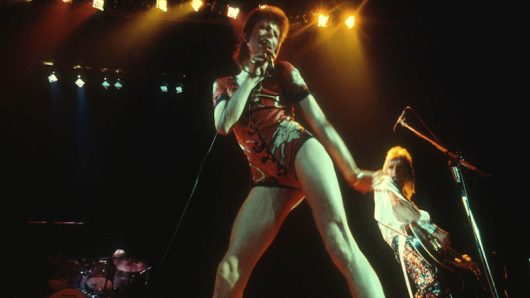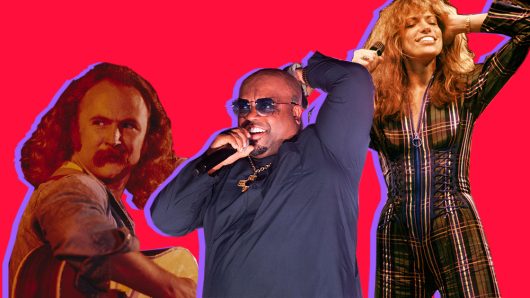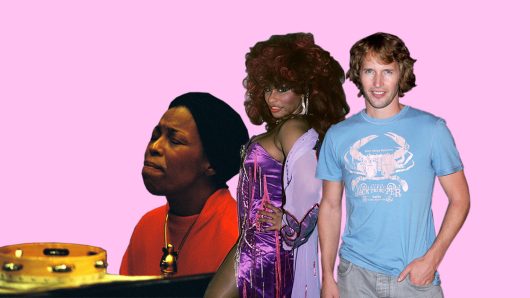Taylor Swift Includes Stevie Nicks Poem In ‘Tortured Poets Department’ Booklet, Read Here
Taylor Swift has included a poem written by Stevie Nicks especially for her in the booklet for her new album The Tortured Poets Department.
Best Record Store Day 2024 Vinyl: 20 Releases You Need To Buy
Incendiary live recordings and an unreleased David Bowie album are essential purchases among the best Record Store Day 2024 vinyl releases.
Best Feel Good Songs: 20 Upbeat Tracks To Guarantee Happiness
From poppy summer anthems to funk-ridden outbursts of euphoria, the best feel-good songs can’t fail to bring a smile to the face.
Fleetwood Mac, Oasis Have UK’s Most Streamed Songs From The 70s, 80s & 90s
Fleetwood Mac, Oasis and Queen are responsible for the UK's most streamed songs of the 70s, 80s and 90s, according to Greatest Hits Radio
Don’t Stop: The Story Behind Fleetwood Mac’s Enduring Hit Song
Written by Christine McVie as a plea for optimism, the song Don’t Stop is an ageless rock classic from Fleetwood Mac’s ‘Rumours’ era.
Stevie Nicks Announces Summer 2024 UK & Ireland Dates
Stevie Nicks has added UK and Ireland shows to her 2024 summer tour – find dates and ticket information below.
Best Drummers Of All Time: 40 Iconic Musicians Who Can’t Be Beat
From rock’n’roll riot-starters to formidably funky floor-fillers, the best drummers made music history by moving our heads and our feet.
Stevie Nicks To Headline BST Hyde Park Show
Stevie Nicks has announced a huge show as part of the 2024 British Summer Time series of concerts in Hyde Park, London.
Record Store Day 2024: David Bowie, Fleetwood Mac, Ramones Among Highlights
David Bowie, Fleetwood Mac and Ramones are among the acts with exclusive, limited edition vinyl releases lined up for Record Store Day 2024.
Best Breakup Songs: 40 Classic Salves For Broken-Hearted Lovers
From cathartic ballads to musings on lost love, the best breakup songs face up to loneliness by coming to terms with the death of romance.
Best Love Songs Ever: 60 Timeless Tracks For Lifelong Lovers
From lung-busting ballads to intimate sentiments, the best love songs can put into words the feelings we find it hardest to express.
Be the first to know
Stay up-to-date with the latest music news, new releases, special offers and other discounts!


